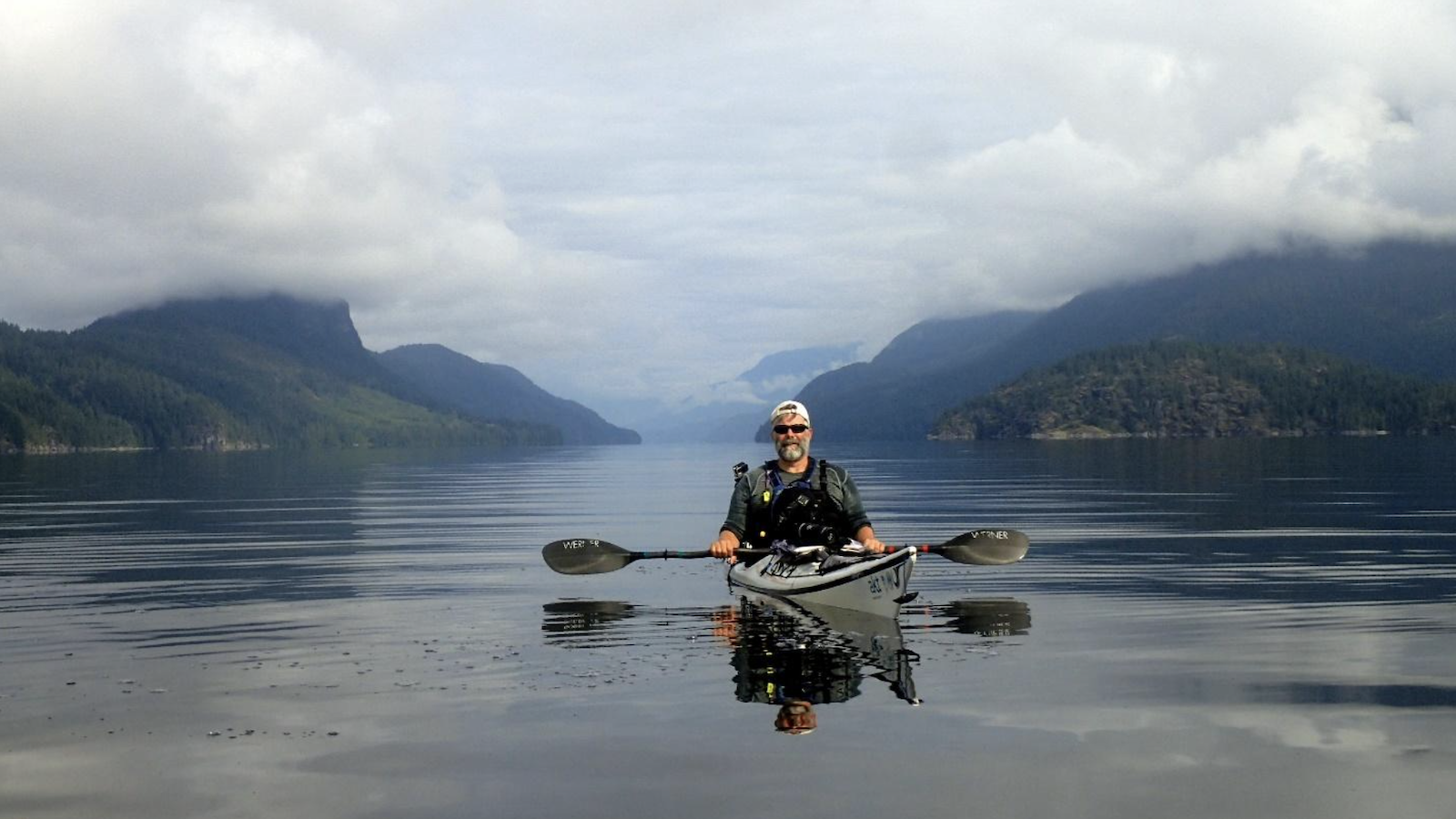A biting Lake Michigan wind claws at the steely beard of Dr. Gregory Anderson and the monochromatic Chicago skyline looming behind him. With the threat of ice on this massive northern lake still distant, he launches his sea kayak and begins to paddle.
It was here, in America’s third largest city, that he fell in love with paddlesports—something that has led him to expedition in some of the world’s most rugged and remote destinations.
Anderson was initially drawn to Chicago for an opportunity with Fermi National Accelerator Laboratory (Fermilab) before transferring to Northwestern University. He now chairs the physics department at Northeastern Illinois University.
As if mapping a watershed, Anderson can trace the tributaries of his passions for science and the natural world back to his childhood. Anderson’s parents, both science educators, began taking him camping and exploring from a young age. He recalls that these vacations were often akin to science field trips, with an emphasis on learning and identification. The ripples of these formative experiences are evident in his life today.

Anderson upon completion of his solo circumnavigation of Vancouver Island. Courtesy of Greg Anderson
Mastery through teaching
Upon opening his eyes to the greatest outdoor resource in his new home, Lake Michigan, Anderson began taking instructional courses in sea kayaking to prepare himself for paddling in its conditions. As he progressed, and with prompting from one of his mentors, he began applying his newfound skills to an entire suite of paddlesports including canoeing, whitewater kayaking and rafting.
His ever-expanding knowledge eventually led him to coaching, guiding and speaking. The latter often focuses on the expeditions he’s undertaken or combines his two areas of expertise: physics and paddling. On this subject, Anderson breaks down the physics of tides, waves and currents, and applies them to the reality of paddling in dynamic marine environments. He is currently writing a book on the topic.
Of his coaching endeavors, he said one reason he likes to teach is because of what he learns himself in the process. “That's really the time you learn things the best—when you have to break things down and explain [them] to other people,” he said. “I got interested in it initially as a way to become more thoughtful and mindful about my paddling and technique.”
Coaching then led him to guiding during summer breaks from the academic world. In his late 40s he began guiding rafting trips on the Arkansas River in Colorado, alongside other adventure seekers that were often the age of his students. An experience he reflects upon fondly.
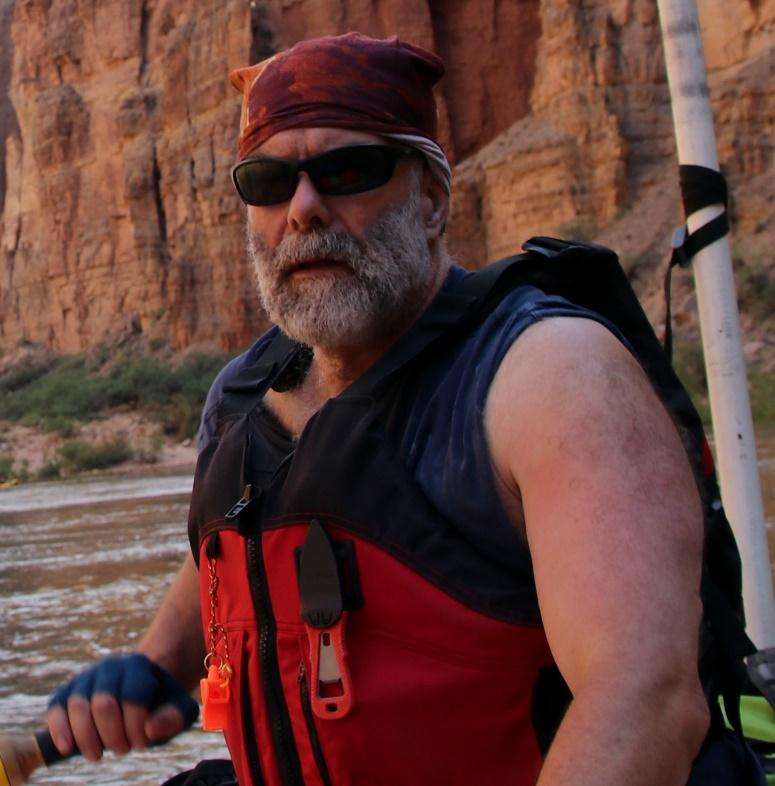
Anderson paddling in the Grand Canyon. Courtesy of Greg Anderson
It was around this same time that he began sneaking away for some longer paddling trips as well. During two consecutive winter breaks, he endeavored to take on the Lower Canyons of the Rio Grande, on the Texas-Mexico border, in a solo canoe.
Further driven by his passion for paddling, Anderson attended a sea kayaking symposium in the Pacific Northwest. This experience opened his eyes to both the natural beauty of this area and the abundance of paddling possibilities there, leading him to seek out further opportunities in the area.
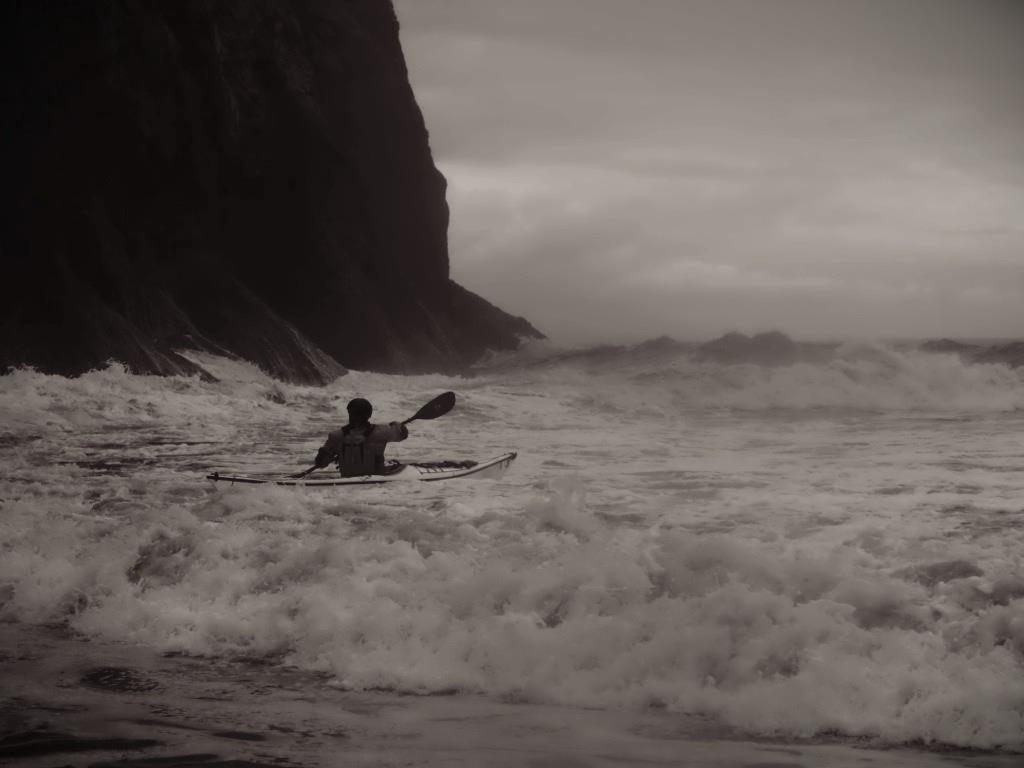
Anderson paddling the Washington coast. Courtesy of Greg Anderson
During subsequent summers, he guided sea kayaking trips for an outfitter in the Salish Sea and often explored independently in his off time. On one such exploratory paddling trip with a friend, he found himself in dense fog in the Haro Strait, suddenly surrounded by a pod of Orca Whales.
Strict guidelines are in place for giving these endangered creatures plenty of space. “As you probably know, you’re supposed to stay away from them, but we literally were ambushed in the fog,” said Anderson.
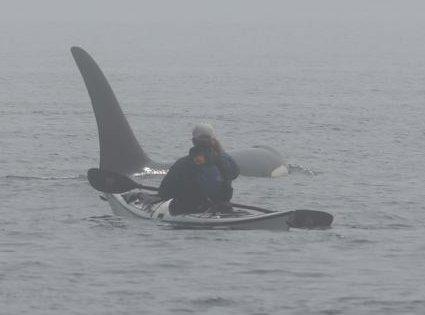
Anderson sea kayaking with an Orca Whale. Courtesy of Greg Anderson
While this was thrilling, it did give him peace of mind knowing that resident Orcas are salmon eaters. His adrenaline spiked higher when he and some paddling colleagues encountered a group of transient Orcas, who subsist on a diet of marine mammals.
Orcas are not known to attack kayakers if unprovoked, however, “It's always a bit more of a rush when you encounter marine mammal eaters—those are some big animals,” Anderson said.
The years of exploring this dynamic and uniquely beautiful marine environment solidified his love for this part of the world and ultimately pushed him to set out on bigger adventures, leading him to tackle world-class expeditions.
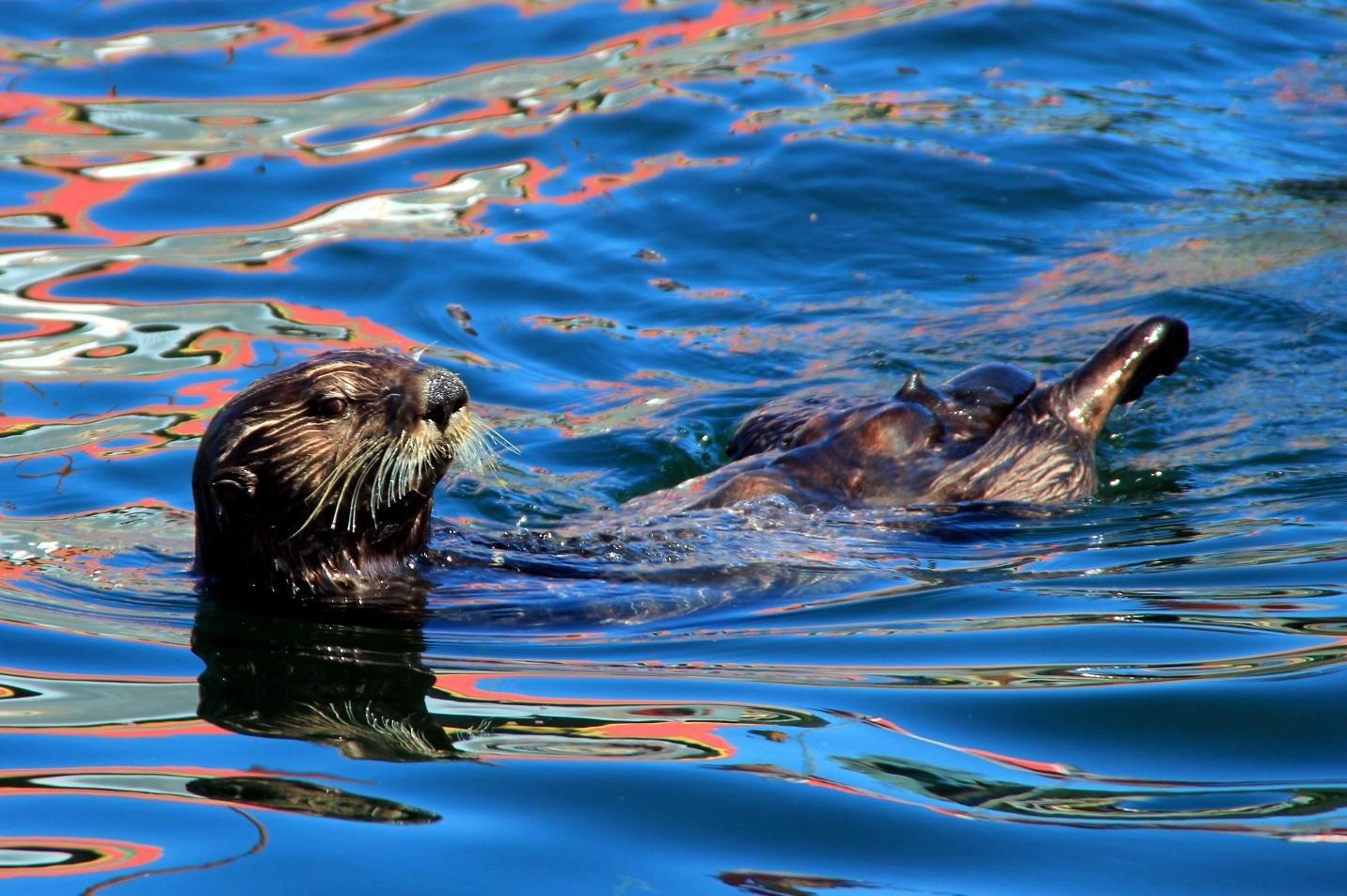
A curious sea otter. Courtesy of Greg Anderson
Bucket List
In the summer of 2015, with many seasons of guiding, coaching and skill-building under his belt, Anderson set off on his first sizable expedition. He, along with a paddling partner, set off to paddle the Inside Passage. The trip was 69 days, 55 of which they spent paddling the more than 1,000 miles from Anacortes, Washington, to Skagway, Alaska.
He had been on longer trips before, but nothing like this, and it left a lasting impression on him. “There's really something special about the rhythm you get into when you're out there for such a long time,” he said.
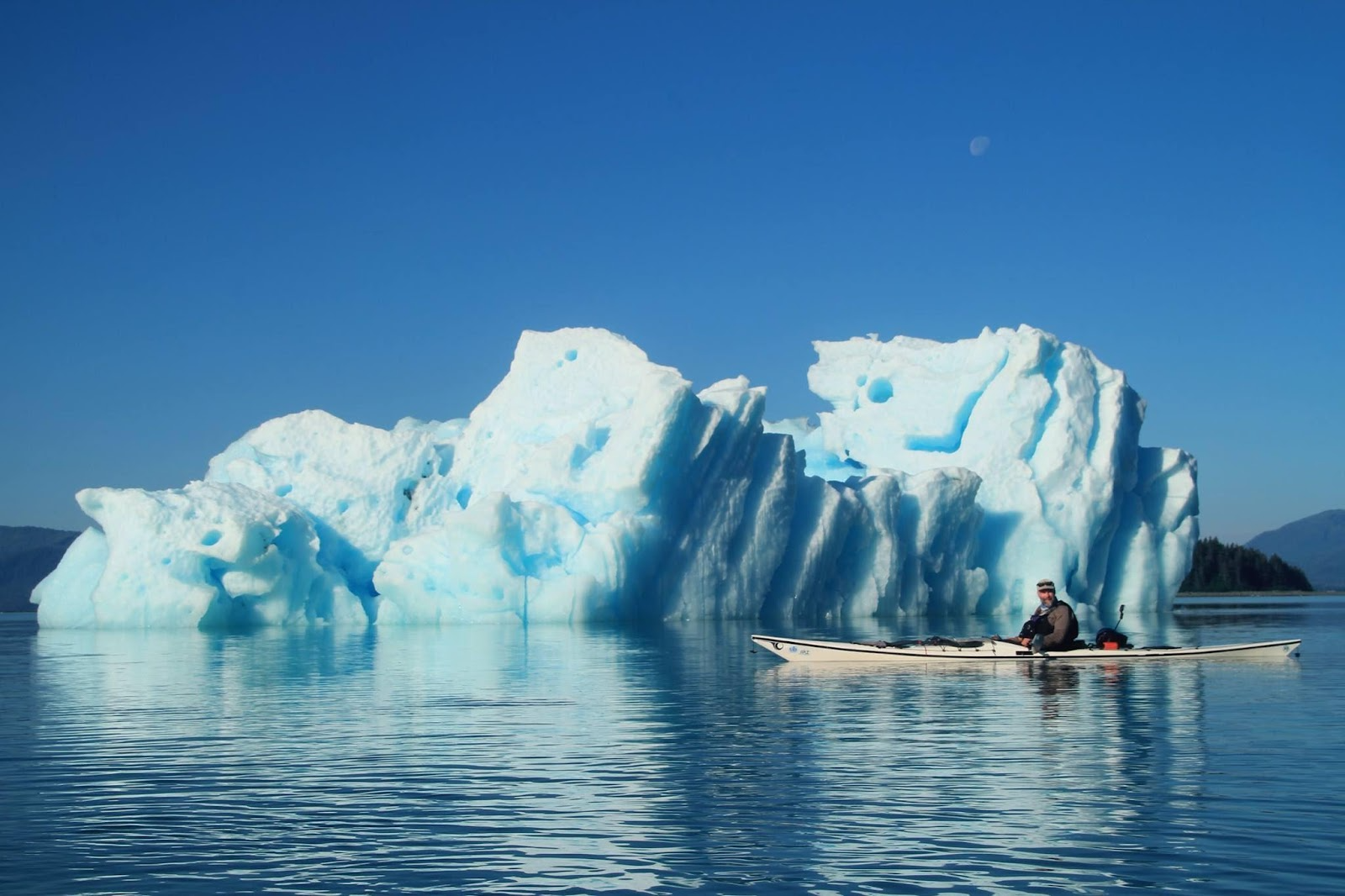
Anderson paddling the Inside Passage. Courtesy of Greg Anderson
One of the most exhilarating moments from the expedition was after entering Alaska. A group of sea lions took a bit too much interest in the pair—coming in close, popping up directly behind the kayaks where sight is more limited, and bumping up against the boats before taking their leave.
The following summer, he endeavored to circumnavigate Vancouver Island, again with a paddling partner. After two weeks their efforts were foiled, when Anderson ruptured his Achilles tendon during a fall on sea-slicked driftwood while loading their boats.
The pair had made it to West Cracroft Island, approximately three-quarters of the way up the eastern side of the island. The injury, which necessitated assistance from a rescue boat, resulted in surgery and a lengthy recovery.
Despite weeks of post-surgery rest and recovery Anderson suffered a pulmonary embolism on his drive home, landing him in an Idaho hospital for a week. Many days his breathing was so labored that he could not stand.
Undaunted, the following summer Anderson set out to achieve his goal once again—this time, alone.
The west coast of Vancouver Island is notoriously wild. Its lonely gaze cast ever-west, before resting upon Japan.
As Anderson rounded Cape Scott, marking the transition from the north to the west of the island, serious waves were stacking up. His attention was divided by the presence of surfing sea lions peppered amongst the waves. He recounted, “The sea lions are huge. It’s a rush when they’re close to you, and you need to keep your eyes on the waves.” Thankfully, their curiosity was milder during this encounter.

Anderson in Desolation Sound off Vancouver Island. Photo by Mike Rivérun
In a break from sea kayak expeditions, Anderson set out the following year to paddle the Thliewiaza River by canoe. The journey took him from Northern Manitoba into Nunavut, stopping just short of the Hudson Bay where a floatplane picked him up at the trip’s terminus.
A highlight of this trip was coming across a lone female muskox in the wild. Evidently startled by his presence, she charged him. Anderson escaped to his canoe and paddled away unharmed.
In 2019 he once again ventured back to Canada’s western coast to explore the island of Haida Gwaii by sea kayak. Haida Gwaii is often called the Canadian Galapagos for its endemic wildlife. It is also rich in cultural heritage, with more than 500 archeological sites from the Haida people who have lived in the archipelago for 13,000 years.
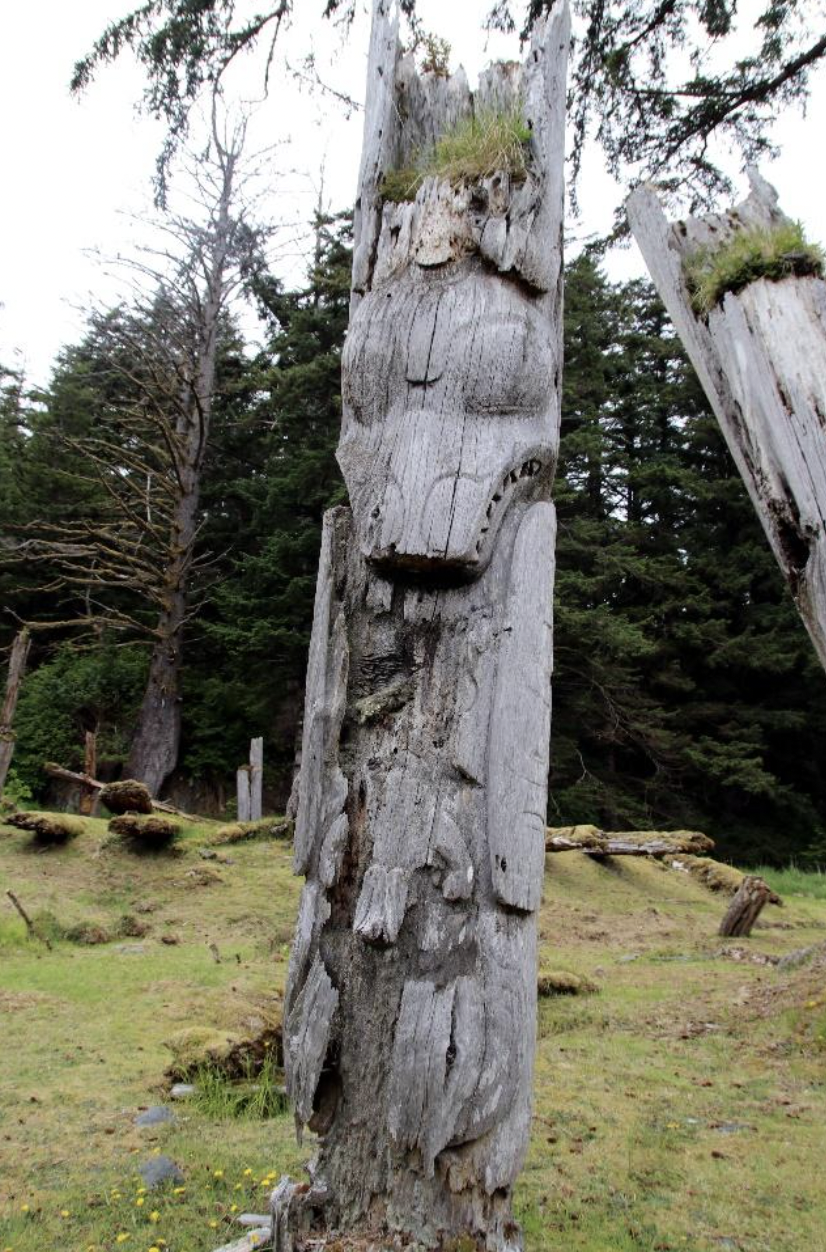
A Haida pole on Haida Gwaii. Courtesy of Greg Anderson
In recent years, Anderson’s expeditions have taken on a slightly different tone. He has temporarily traded in smaller group or solo trips for a rafting renaissance, spending back-to-back years on privately led trips through the Grand Canyon—one for which he was the trip leader.
Of all his adventures, he says it is hard to pick favorites because of their unique characteristics and the enjoyment he’s experienced on each. While his bucket list is truly a remarkable one thus far, the bucket is far from empty. He has plenty more adventures in mind that keep him dreaming and planning.
He also noted that while he loves adventures, he’s not an adrenaline junkie. He has invested considerable energy into learning and teaching how to be safe and properly skilled on the water. “Lots of people will look at the trips I do and think that I’m some kind of risk taker, but the truth is I like managing risk more than risk,” said Anderson.
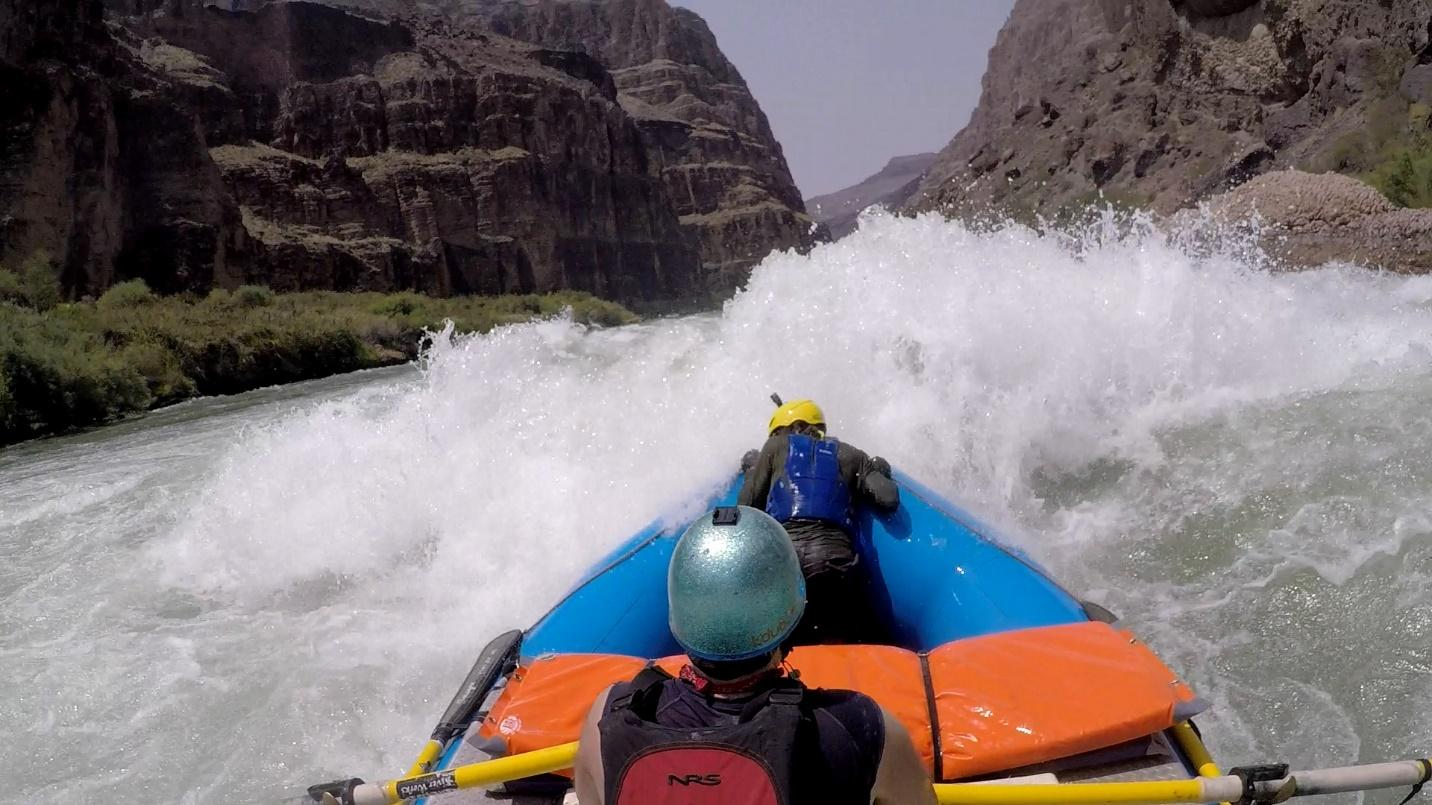
Rafting Lava Falls in the Grand Canyon. Courtesy of Greg Anderson
Passion projects
Whether teaching on the water or in the classroom, Anderson brings passion to what he does. His students tend to enjoy when he can weave in applicable physics examples from his paddling expeditions—often sitting up a bit straighter when they get a glimpse into an element of an epic adventure, highlighting a scientific principle.
The many awe-inspiring places he has seen in nature have given Anderson cause to be an advocate for protecting it.
In addition to chairing the physics department at his university and using his expertise to benefit the paddling community, he also focuses his scholarly efforts on environmental science and sustainable energy. When asked why this focus was important to him, he said, “I think it’s the linchpin issue that’s faced in the world right now.”
Anderson is collaborating with Argonne National Laboratory on Community Research on Climate and Urban Science. Together with other universities in the area they are setting up a grid of stations to gather climate and meteorological data which will aid in the understanding of the effects of climate change.
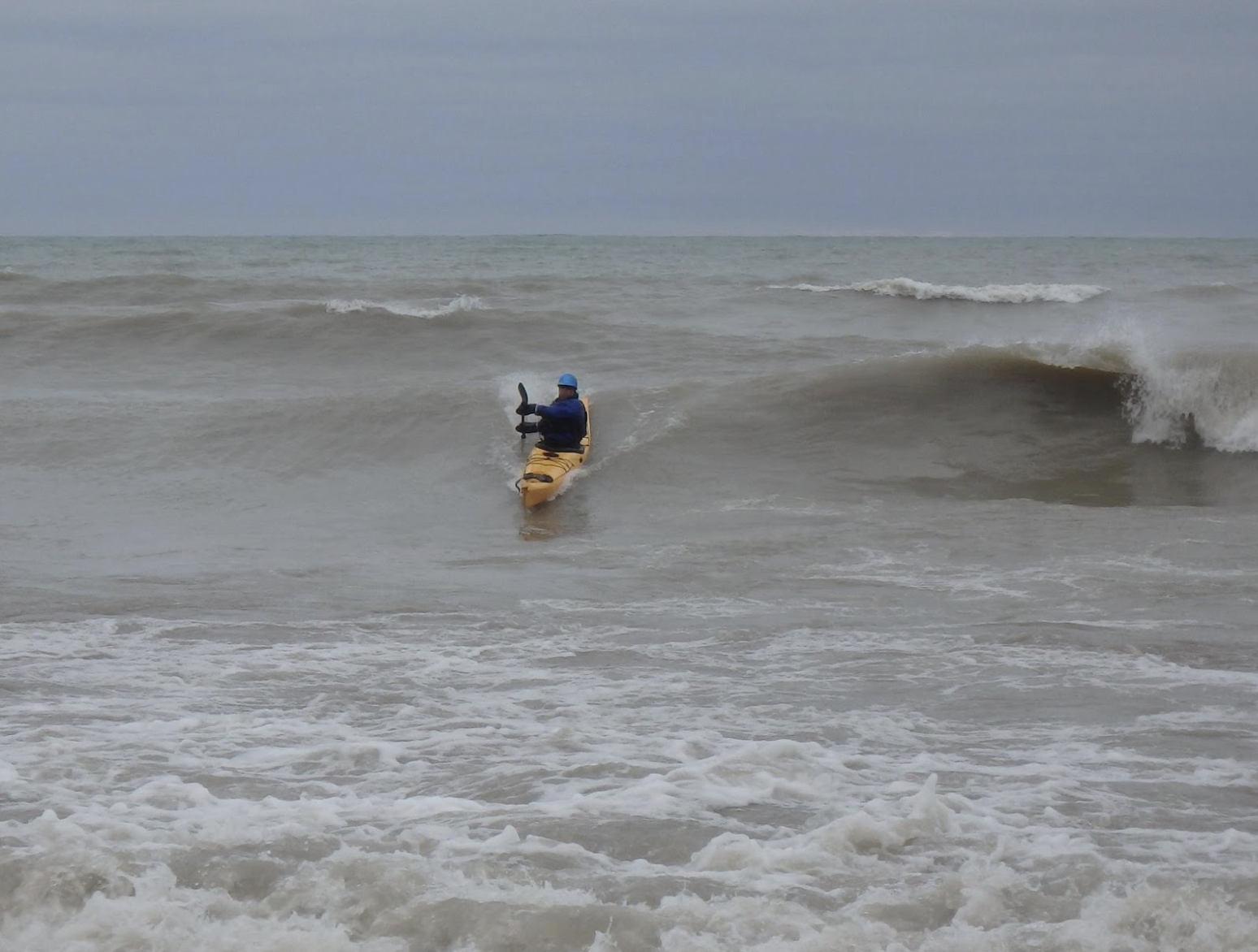
Anderson surfing in a sea kayak. Photo courtesy of Greg Anderson
He is also engaged in ongoing work studying air quality in the Chicago region. Common wind cycles in the area can be observed, which are attributed to a heating and cooling relationship between the land and the lake. Data is being collected regarding thermal inversions and how they can trap pollutants throughout the urban corridor along Lake Michigan.
As Anderson says, “It's always good to do sound, fundamental, basic science because you never know what it'll be useful for.”
Tracking these wind and weather patterns may prove useful to pollution mitigation efforts, furthering our understanding of climate change, or planning the next paddling trip.
